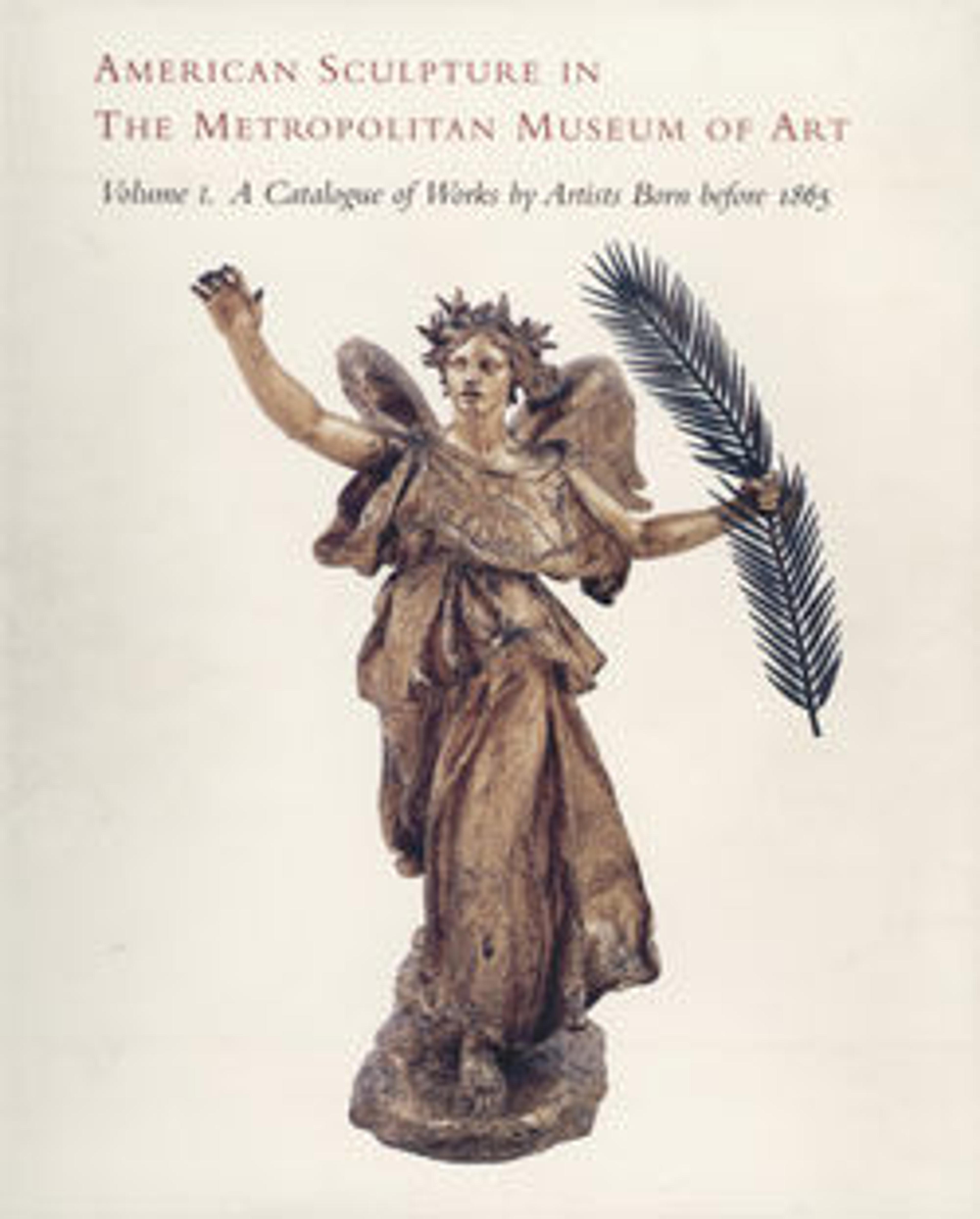Colonel de Heer Abraham de Peyster
In 1893 John Watts de Peyster commissioned Bissell to execute a seated bronze portrait of his great-great-great grandfather, Colonel de Heer Abraham de Peyster (1657–1728). The statue was planned to commemorate the achievements of one of New York’s first leading citizens, who dedicated his life to public service, most notably as mayor of the city between 1691 and 1695 and as treasurer of the province from 1706 to 1721. The overlifesize statue was erected in 1896 in Bowling Green. In 1972, when this area of lower Manhattan was redesigned, the sculpture was moved to its present location in Hanover Square. Like the monument, the Metropolitan’s statuette shows de Peyster sitting forward, attired in period dress and a wig with tumbling, shoulder-length curls. Bissell, who trained in Paris, borrowed from the past in the distinct resemblance of the pose to Michelangelo’s Moses (1513-16) in Rome’s San Pietro in Vincoli. Bissell referred to the statuette version as a study for the monument, and differences in positioning of the figure and some of the accessories bear out this statement.
Artwork Details
- Title: Colonel de Heer Abraham de Peyster
- Artist: George Edwin Bissell (American, New Preston, Connecticut 1839–1920 Mount Vernon, New York)
- Founder: Cast by Fonderia G. Vignali (Italian, Florence)
- Date: 1893, cast by 1902
- Culture: American
- Medium: Bronze
- Dimensions: 27 1/2 x 13 1/2 x 16 3/4 in. (69.9 x 34.3 x 42.5 cm)
- Credit Line: Gift of General John Watts de Peyster, 1906
- Object Number: 06.983
- Curatorial Department: The American Wing
More Artwork
Research Resources
The Met provides unparalleled resources for research and welcomes an international community of students and scholars. The Met's Open Access API is where creators and researchers can connect to the The Met collection. Open Access data and public domain images are available for unrestricted commercial and noncommercial use without permission or fee.
To request images under copyright and other restrictions, please use this Image Request form.
Feedback
We continue to research and examine historical and cultural context for objects in The Met collection. If you have comments or questions about this object record, please contact us using the form below. The Museum looks forward to receiving your comments.
